Dangerous Fish in the Maldives: What You Need to Know for a Safe Dive
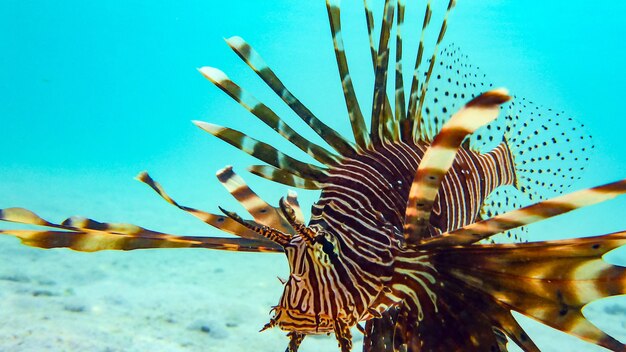
The Maldives is a world-renowned destination for its turquoise waters, vibrant coral reefs, and abundant marine life. But as with any natural ecosystem, certain creatures pose potential risks to swimmers, snorkelers, and divers. This article delves into the most dangerous fish in the Maldives, providing valuable insights on how to identify them, their habitats, and what to do in case of an encounter.
1. Lionfish (Pterois)
The lionfish is one of the most visually striking fish in the Maldives, known for its long, venomous spines and vibrant red, brown, and white stripes. While beautiful, the lionfish carries venom that can cause extreme pain, swelling, and even temporary paralysis if you come into contact with its spines.
- Habitat: Lionfish are typically found around coral reefs and rocky crevices.
- How to Avoid: Maintain a safe distance while snorkeling or diving. Do not attempt to touch or handle this fish.
- What to Do if Stung: If stung, rinse the wound with hot water to help reduce the venom's effects and seek medical attention immediately.
2. Stonefish (Synanceia)
The stonefish is camouflaged masterfully, blending seamlessly with its surroundings on the seabed. Known as one of the world’s most venomous fish, a sting from a stonefish can cause excruciating pain, tissue damage, and even fatalities in severe cases.
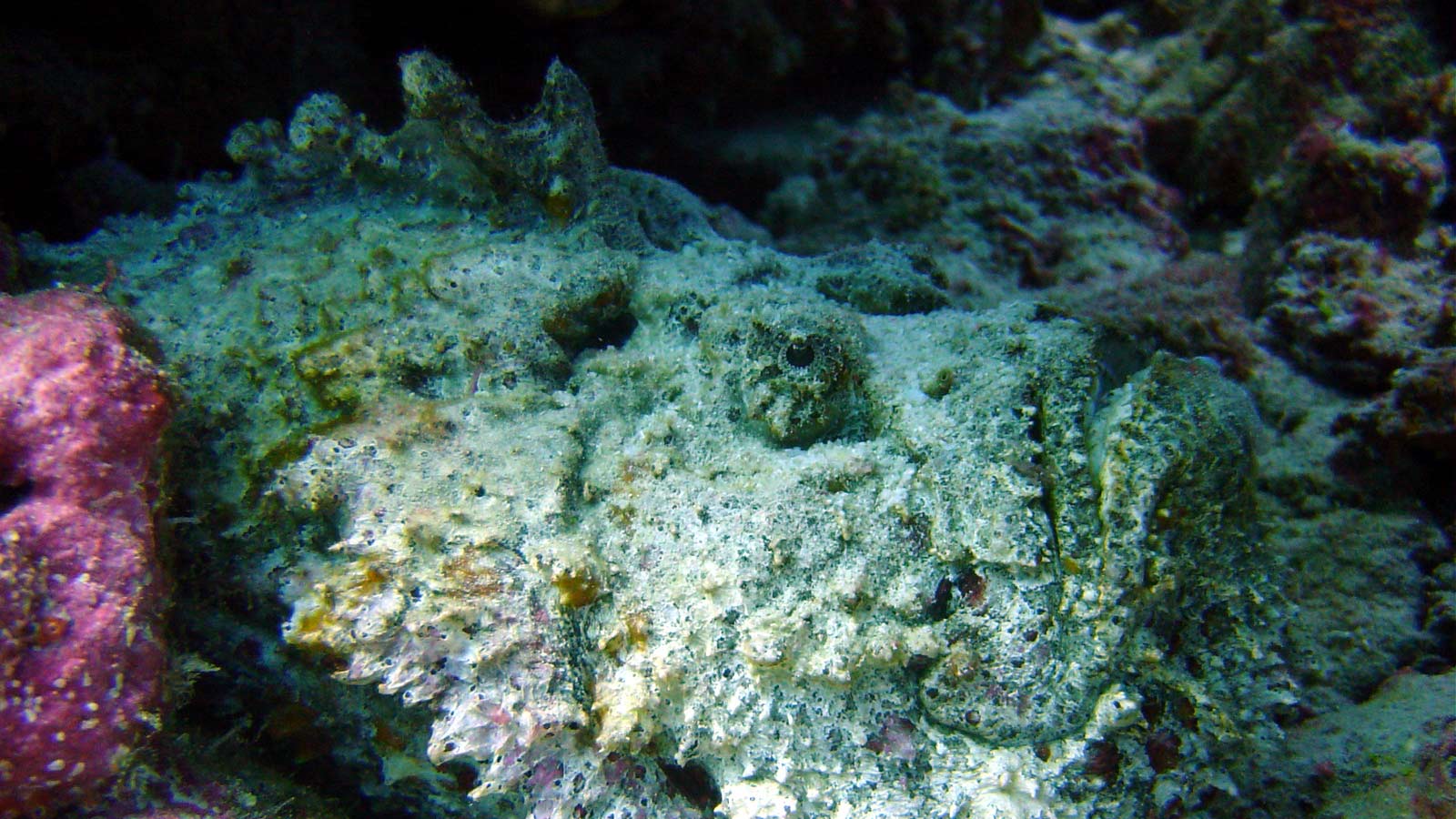
- Habitat: Stonefish often rest on sandy or rocky seabeds and near coral reefs.
- How to Avoid: Be cautious around the seabed and avoid walking barefoot in shallow waters.
- What to Do if Stung: Immediate medical treatment is essential. Immerse the affected area in hot water to alleviate pain and seek emergency medical help.
3. Moray Eels
Moray eels are not typically aggressive, but they can be territorial and may bite if provoked or disturbed. Their powerful jaws and sharp teeth can inflict serious injuries. Moray eels are not venomous, but their bites can lead to infections.
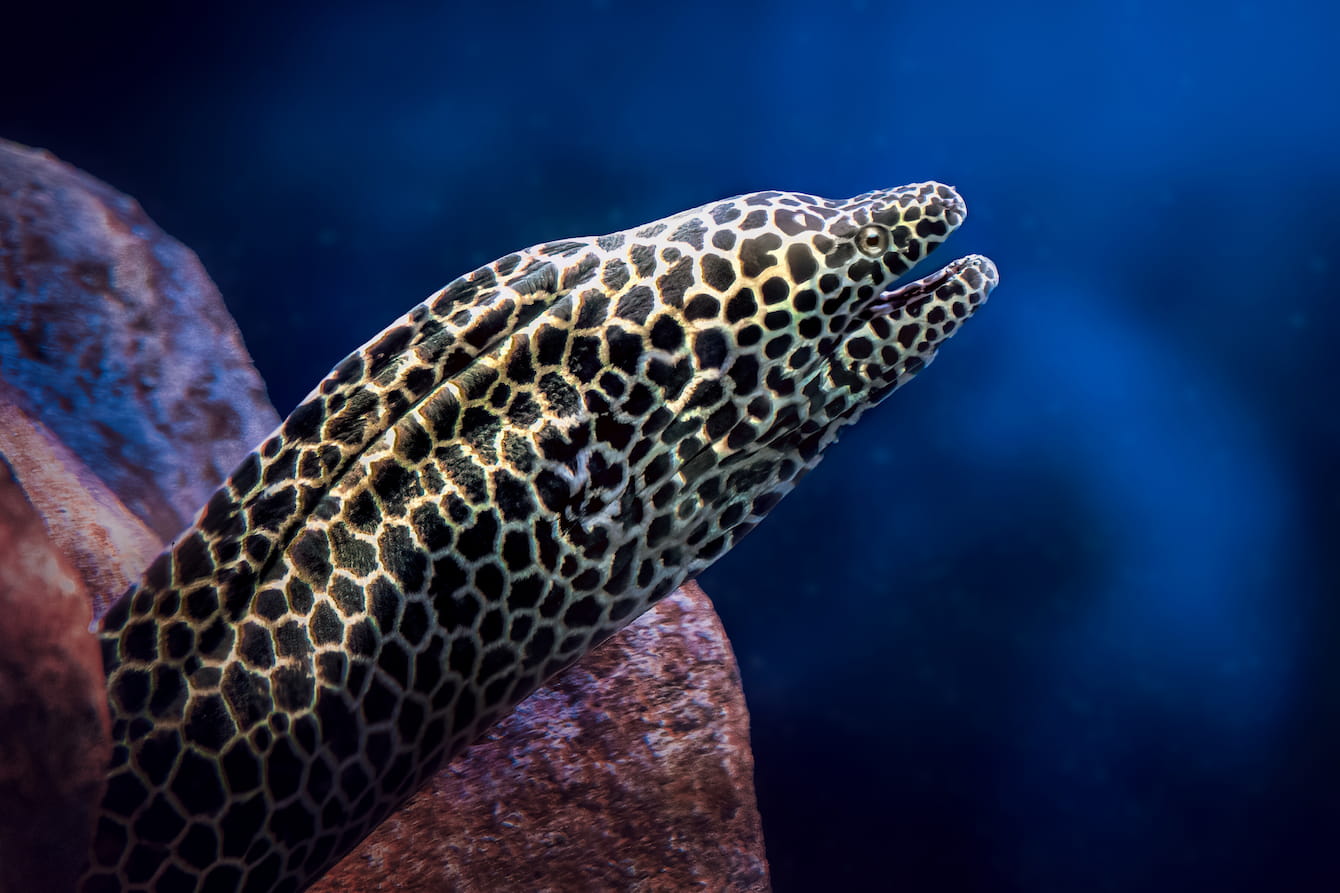
- Habitat: Found hiding within coral reefs and rocky crevices during the day, moray eels are more active at night.
- How to Avoid: Keep your distance from coral crevices and do not put your hands or feet into holes in the reef.
- What to Do if Bitten: Clean the wound thoroughly and seek medical attention to prevent infection.
4. Titan Triggerfish
Known for its bold and sometimes aggressive behavior, the titan triggerfish can be dangerous, especially during its nesting season. A triggerfish will defend its territory with vigor, and bites from this species can be painful due to its powerful jaws.
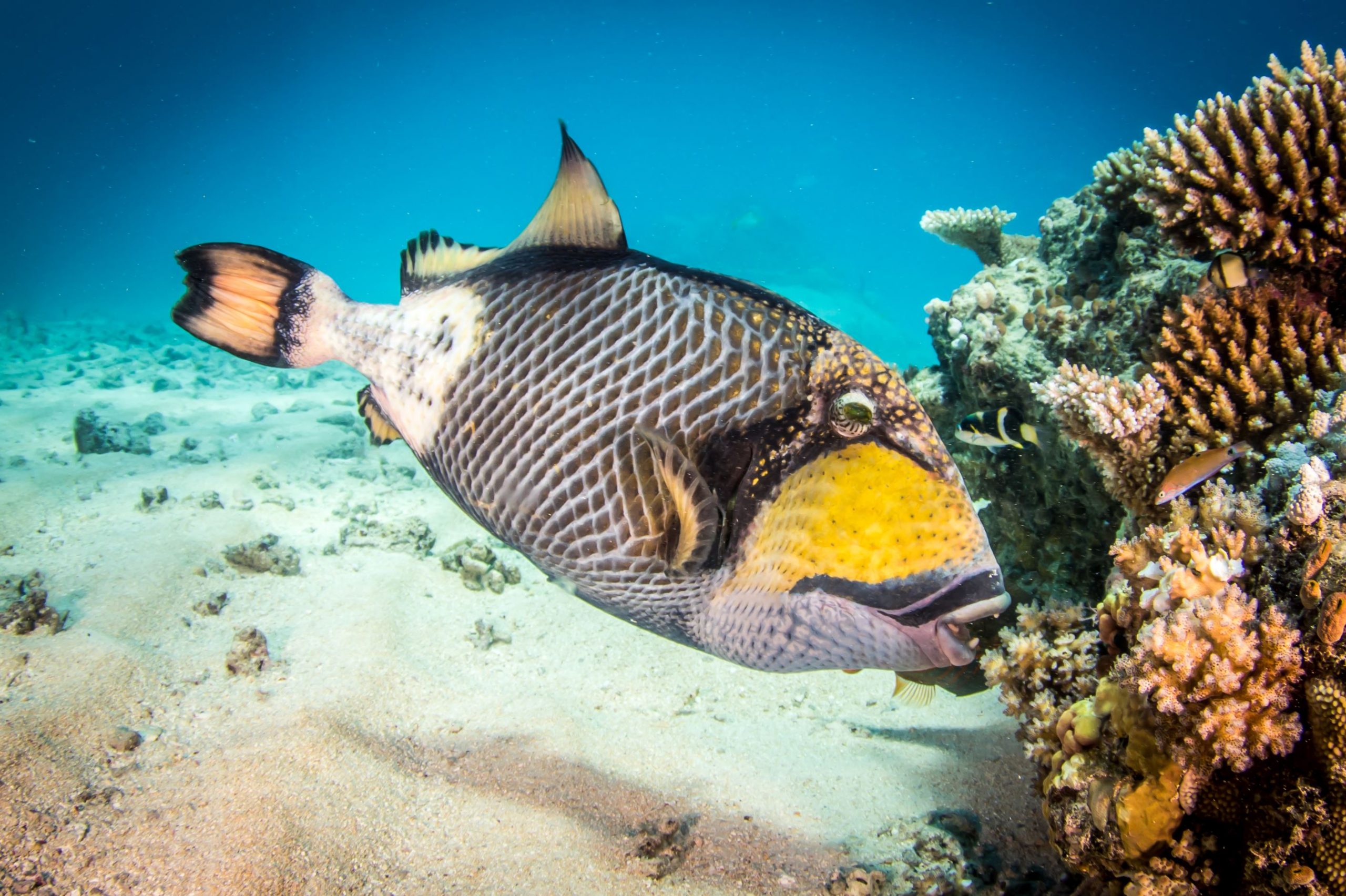
- Habitat: Found in coral reefs and sandy areas, particularly near nesting sites.
- How to Avoid: Stay clear of triggerfish, especially during breeding season when they are most aggressive. Do not provoke or feed these fish.
- What to Do if Bitten: Clean the wound, apply antiseptic, and seek medical advice if the bite is deep or becomes infected.
5. Scorpionfish
Closely related to the stonefish, the scorpionfish is another master of disguise. Its venomous spines can cause intense pain, swelling, and, in some cases, more serious symptoms such as difficulty breathing.
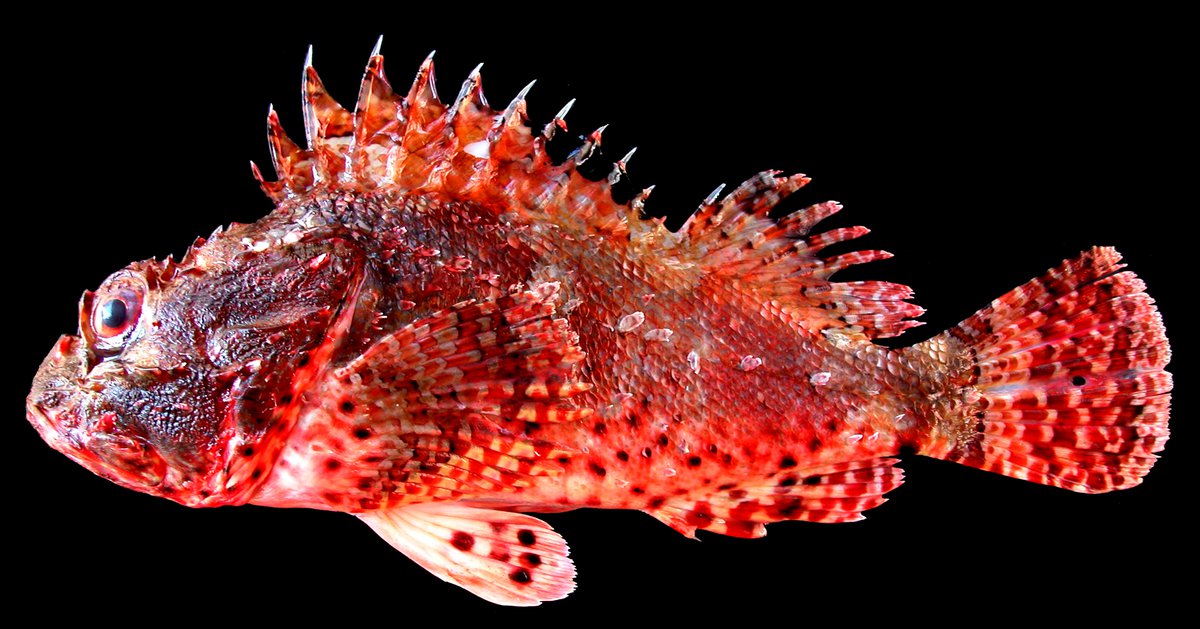
- Habitat: Scorpionfish are often found lying motionless on coral reefs or rocky areas.
- How to Avoid: Watch your step when wading in shallow waters and avoid touching any fish that appears camouflaged.
- What to Do if Stung: As with stonefish, hot water immersion may help alleviate pain, but immediate medical attention is essential.
6. Barracuda
Barracudas have a reputation for being aggressive hunters, though attacks on humans are rare. Known for their powerful, razor-sharp teeth, a bite from a barracuda can cause serious injury.
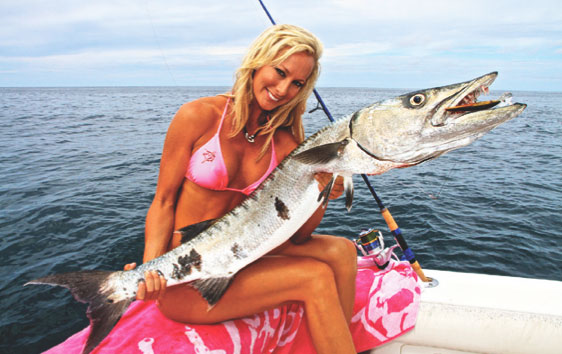
- Habitat: Barracudas are often found in open waters and near coral reefs.
- How to Avoid: Avoid wearing shiny jewelry that may resemble fish scales, as this can attract barracudas.
- What to Do if Bitten: Clean the wound thoroughly and seek medical attention to prevent infection.
7. Surgeonfish (Tang Fish)
Surgeonfish may look harmless with their vibrant colors and small size, but they possess sharp spines near their tails. These spines can cause painful injuries and are used defensively if the fish feels threatened.
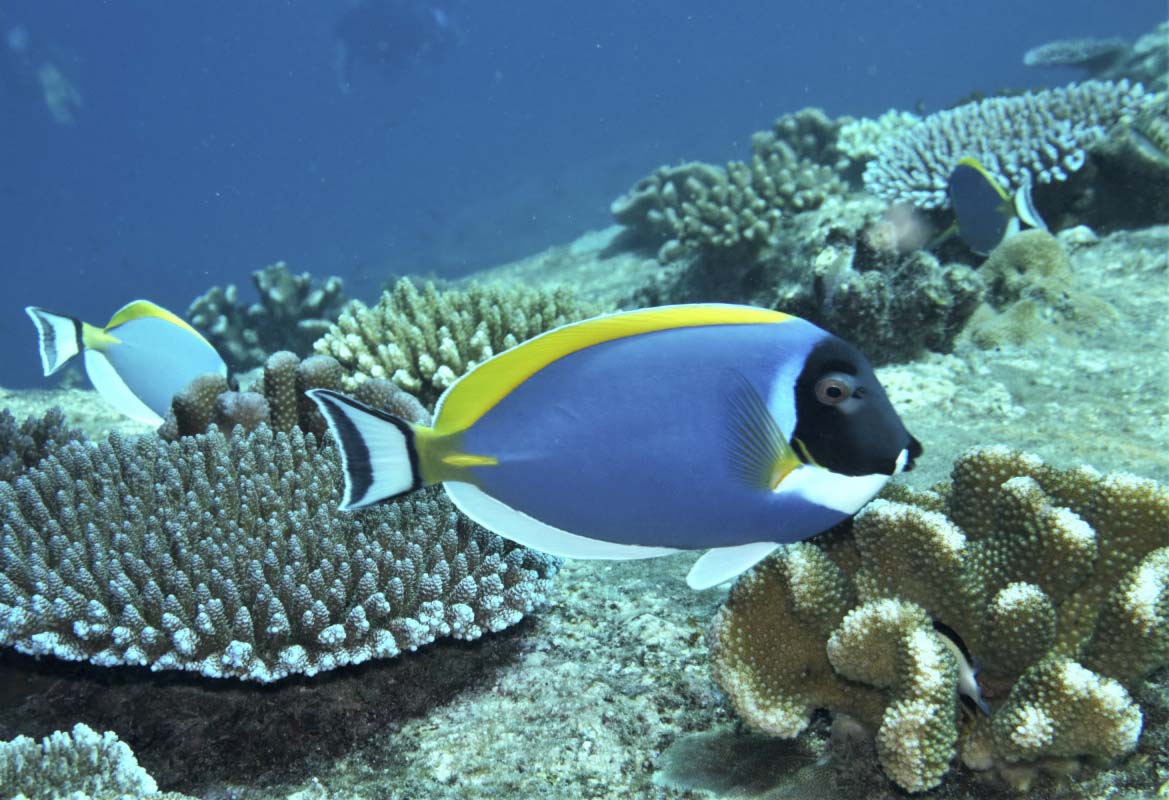
- Habitat: Surgeonfish are commonly seen in coral reefs throughout the Maldives.
- How to Avoid: Maintain a respectful distance when observing these fish, and avoid attempts to touch or capture them.
- What to Do if Injured: Rinse the wound with clean water, apply antiseptic, and seek medical care if needed.
Safety Tips for Diving and Snorkeling in the Maldives
1. Stay Alert: The best way to avoid dangerous fish is to be aware of your surroundings. Keep a safe distance from coral reefs and areas where fish may be nesting.
2. Respect the Wildlife: Never touch or feed the fish, as this can provoke defensive behaviors.
3. Wear Proper Gear: Protective footwear can reduce the risk of stepping on venomous creatures, while gloves (if permitted) can protect hands when handling marine equipment.
4. Avoid Flashy Accessories: Certain fish, like barracudas, may mistake shiny objects for prey. Avoid wearing jewelry while snorkeling or diving.
5. Travel with a Buddy: Having a dive partner can be invaluable in the event of an encounter with dangerous marine life.
Conclusion
Understanding and respecting the local marine life in the Maldives is key to a safe and enjoyable experience. While dangerous fish can be intimidating, they generally pose minimal risk when left undisturbed. Always follow local diving and snorkeling guidelines, and remember that the vibrant ecosystem of the Maldives is best enjoyed from a respectful distance.
- News & Updates
- Travel Destinations
- Maldivian Tourism
- Healthcare & Wellness
- Lifestyle
- Personal Stories & Experiences
- Sports
- Water Sports & Adventure
- Accommodation & Stays
- Outdoor Activities
- Local Culture & Heritage
- Spa & Wellness
- Transportation
- Other
- Fishes and Marine Species


